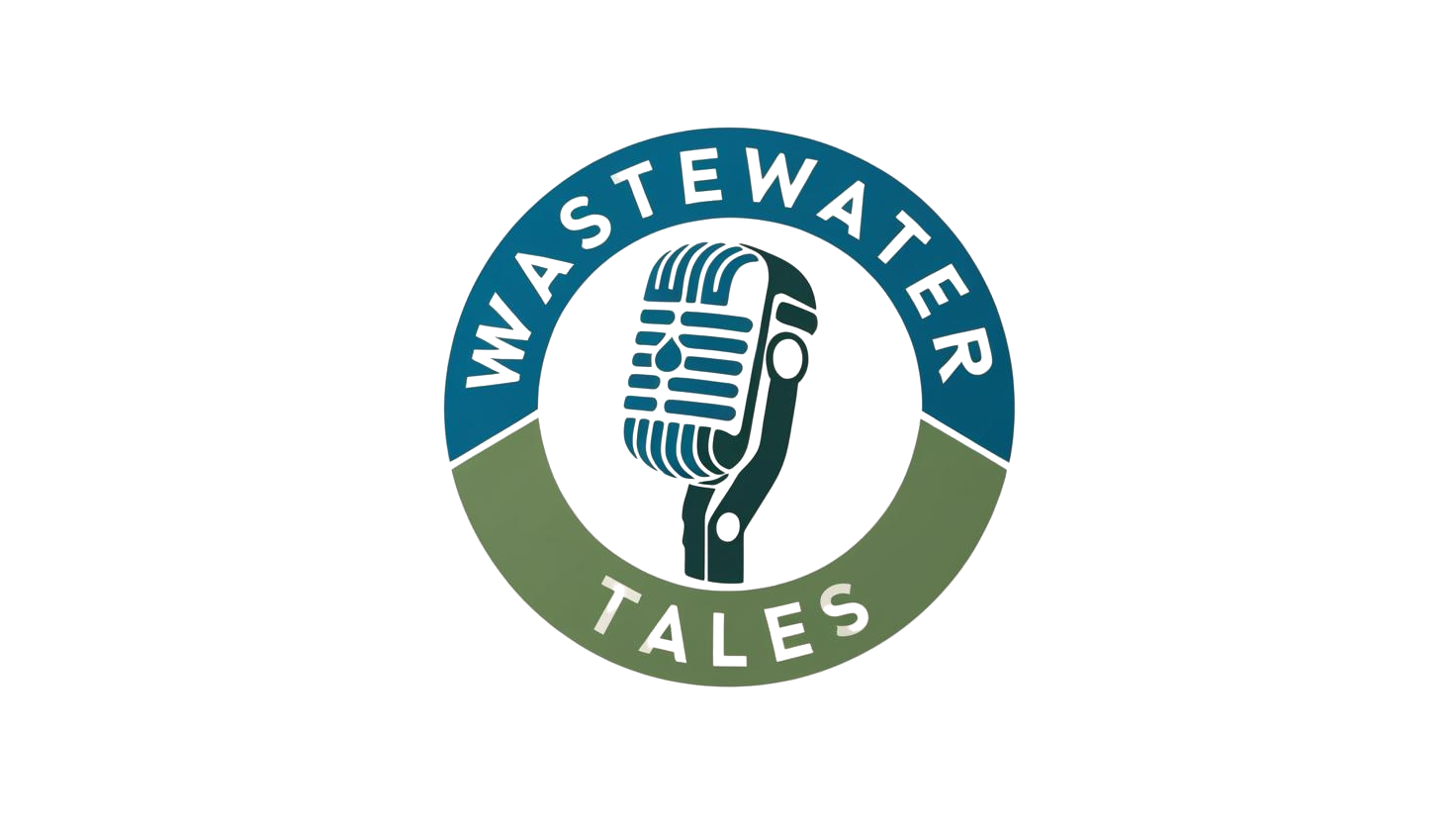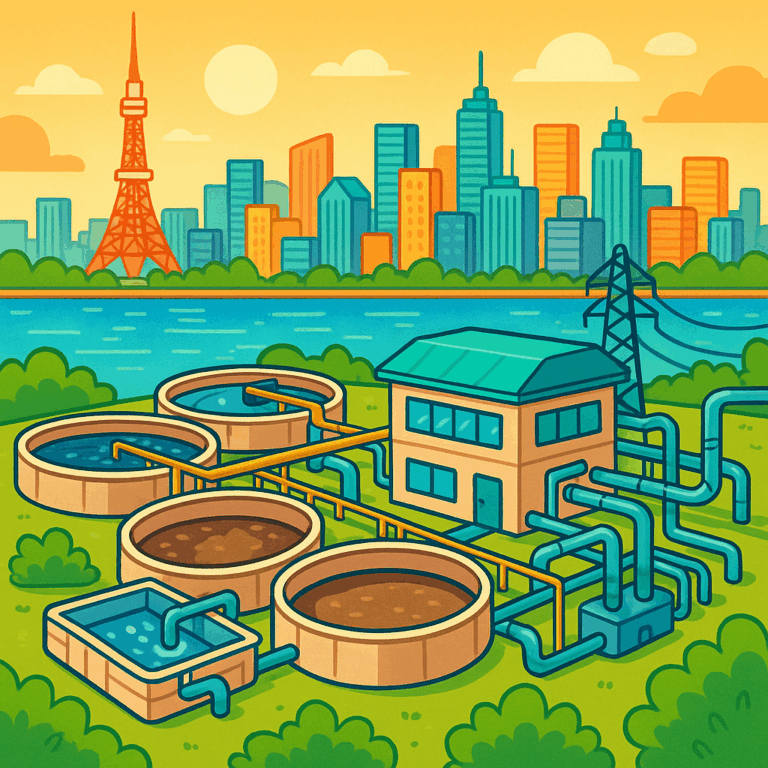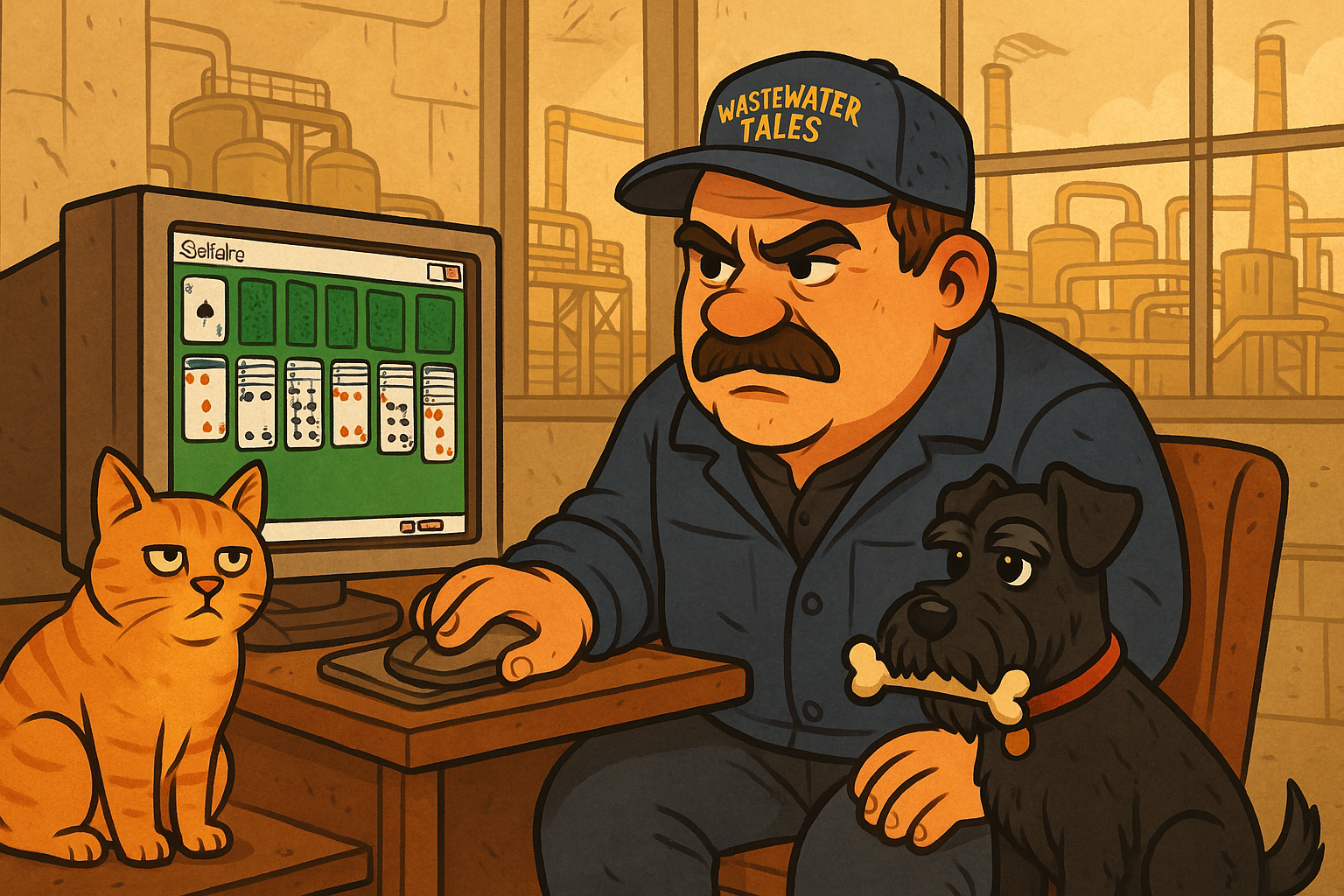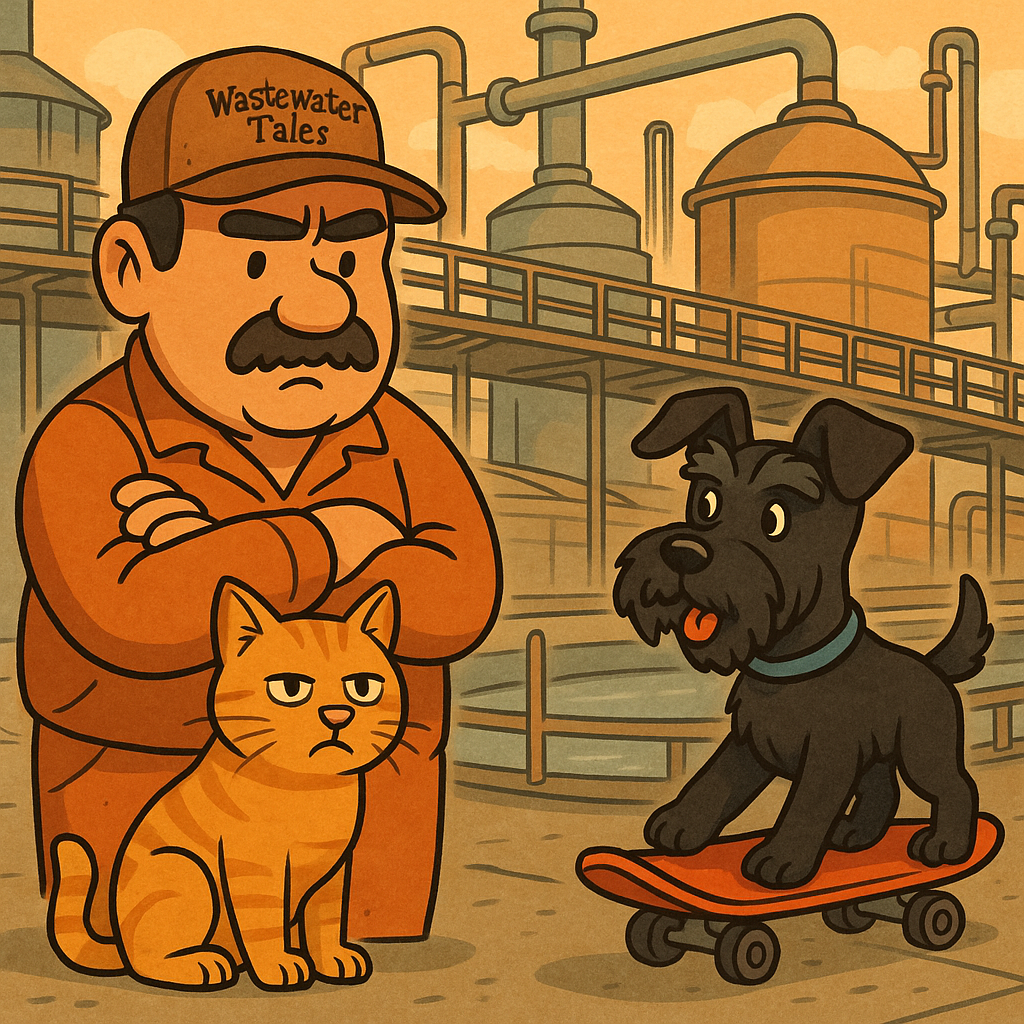MBR membrane filtration with reverse recirculation - operation, costs and applications
MBR (Membrane Bioreactor) filtration is an advanced method of wastewater treatment that combines activated sludge with precision filtration through membranes. This technology is gaining popularity in Asia, where it is used in systems with high water recovery and limited space. One modern variant of this technology is MBR with reverse recirculation, which moves the membrane modules out of the main bioreactor, providing better process control.
🔬 How does MBR with reverse recirculation work?
In a classical MBR system, the membranes are submerged in the same chamber as the microorganisms. In a system with reverse recirculation, the membranes are physically separated - placed in a separate module. Biologically treated wastewater is pumped by pumps to the membranes, and then the treated water (known as permeate) is separated from the suspended solids. The returned sludge is returned to the biological chamber.
This arrangement allows the system to operate at a higher pressure and provides a more stable flow through the membranes. This increases efficiency and reduces the frequency of system servicing.
⚖️ Comparison: MBR vs classic activated sludge (CAS)
| Feature | MBR | CAS (classical) |
|---|---|---|
| Quality of treated wastewater | Very high (low BOD, suspended solids < 2 mg/L) | average (dependent on secondary settling tank) |
| Development area | smaller by 30-50% | larger, settling tanks needed |
| Energy consumption | higher (0.6-0.8 kWh/m³) | lower (0.3-0.5 kWh/m³) |
| Service requirements | high (cleaning, TMP monitoring) | moderate |
💸 Operating costs - what to prepare for?
- 💧 Membranes: cost of purchase and replacement - as much as 300-800 PLN/m² every 5-7 years.
- 🔁 Pumps: heavily used, energy-efficient models are needed.
- 🧼 Cleaning chemicals: citric acid, sodium hypochlorite, cleaning every 2-4 weeks.
- 📊 Monitoring: advanced TMP pressure, flow and permeate quality sensors.
The average cost of treatment in an MBR system is PLN 1.80-2.50 per m³ of wastewater - as much as 70% more than in a classic system, but with a quality that allows recovery of process water or watering of urban greenery.
📍 Examples from Asia
In Japan, MBR systems are common in dense cities. In Singapore, they operate as part of the "NEWater" plan, where treated wastewater is returned to the grid. In South Korea, an innovative treatment plant in Daejeon - with full automation based on artificial intelligence - went online in 2024.
🤖 Case study: Daejeon (South Korea).
In 2024 in Daejeon, South Korea's fifth-largest city, has commissioned a state-of-the-art wastewater treatment plant using membrane bioreactor (MBR) technology with reverse recirculation. The facility is distinguished by full automation managed by artificial intelligence (AI), which represents a breakthrough in wastewater treatment.
🔧 Intelligent management of the purification process
The AI system at the Daejeon treatment plant analyzes sensor data in real time, optimizing parameters such as:
- wastewater flow,
- transmembrane pressure (TMP),
- activated sludge concentration (MLSS),
- hydraulic retention time (HRT).
This makes it possible to dynamically adapt the process to changing conditions - increasing treatment efficiency and reducing the risk of contamination.
🌱 Sustainability and energy efficiency
AI integration allows for a significant reduction in energy consumption through optimized operation:
- circulation pumps,
- aeration blowers,
- Recirculation and membrane flushing systems.
The system also anticipates potential failures, which minimizes downtime and service costs. In practice, this means greater reliability and a smaller carbon footprint.
🌐 Example for other cities
The Daejeon treatment plant can provide a model for other cities, which are planning to upgrade water and wastewater infrastructure. It shows that the use of AI in wastewater treatment management can significantly improve efficiency, safety and quality of life for residents.
🎯 Interesting fact: recovery of 90% water
In some industrial plants in Asia, MBR systems with recirculation are combined with reverse osmosis and photocatalysis. This makes it possible to recover 850-900 liters of clean water from 1 m³ of wastewater. This is a level that is just beginning to be tested in pilots in Europe.
🔚 Summary
MBR with reverse recirculation is a new-generation technology that provides exceptional treatment quality and reduced plant footprint. However, it requires a high investment, good service and advanced supervision. For some - too expensive. For others - indispensable.
It's a solution for those who think about the future: zero effluent, maximum recovery, process control. It's worth watching - because Asia is several lengths ahead of us.
📚 Sources
How do you rate this story?
Click the star and rate Zdzichu!
Votes: 3 · Average: 5
No one has voted yet. Be the first!



